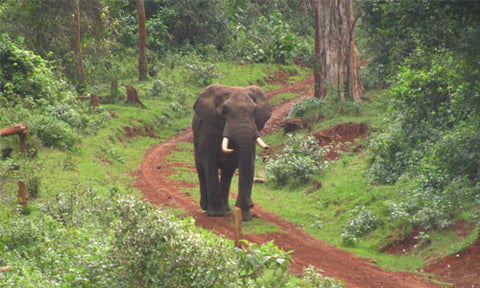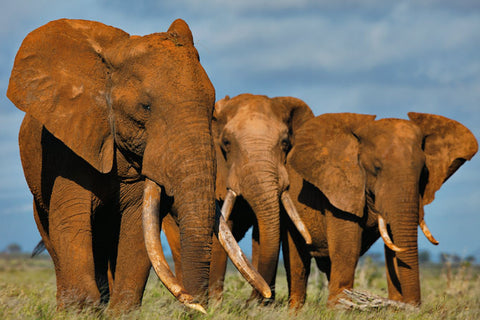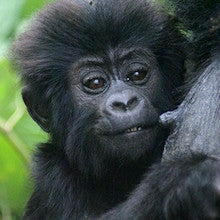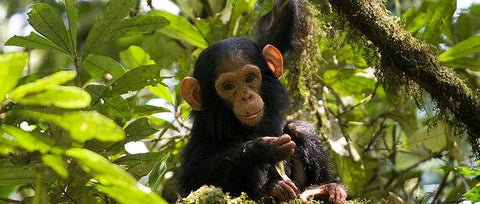Tsavo National Park covers more than 53,870 square kilometers (20,800 square miles). It is Kenya's largest national park and is split into Tsavo East and Tsavo West by the busy Mombasa/Nairobi Road and the railroad.
Tsavo West and East combined have 2,000 kilometers (1,250 miles) of dirt tracks, some of which serve as firebreaks and all of which are important in the continuing fight against poaching. Despite this network of tracks, wildlife is not easy to see because of large distances, thick scrub, and high grass. However, the beautiful landscapes and the sense of isolation put you in touch with a part of the real Africa.
Tsavo East, far less visited than Tsavo West, is approximately 11,000 square kilometers (4,250 square miles) of varied bush, arid flatland, and desert. Most of the area north of the Galana River is closed to the public for security reasons. This part of the park contains the Yatta Plateau, a lava flow 300 kilometers (190 miles) long. OasIs along the Athi, Tiva, Tsavo, and Voi rivers relieve the dry scrub lands.
In Tsavo West, the combination of rocky hills, high viewpoints, and dry scrublands creates a dramatic, harsh beauty. Tsavo West's approximately 9,000 square kilometers (3,500 square miles) include the Ngulia Mountains and the Ndawe Escarpment, all part of the same volcanic upheavals that created the Rift Valley, Mount Kilimanjaro, and Mount Kenya. The volcanic ridges give rise to the underground river systems forming Mzima Springs, an outpouring of clear water that forms a series of pools. The luxuriant growth at its edges contrasts dramatically with the dry harshness of the surrounding terrain. You can often see hippos from an underwater viewing chamber at the springs, which are the source of much of Mombasa's drinking water.
During the last century, Tsavo West has been through changes connected with the great elephant herds. Thick forests were gradually turned into grasslands by elephant grazing patterns. By 1960 the elephant population had increased to 50,000. Poaching reduced the population to only 5,000, and now the grasslands are returning to new forest and scrub. Poaching has been a major problem in this park, and the black rhino population was reduced from about 7,000 in 1969 to less than 100 in 1981. Thanks to today's conservation efforts, poaching has largely been contained.




